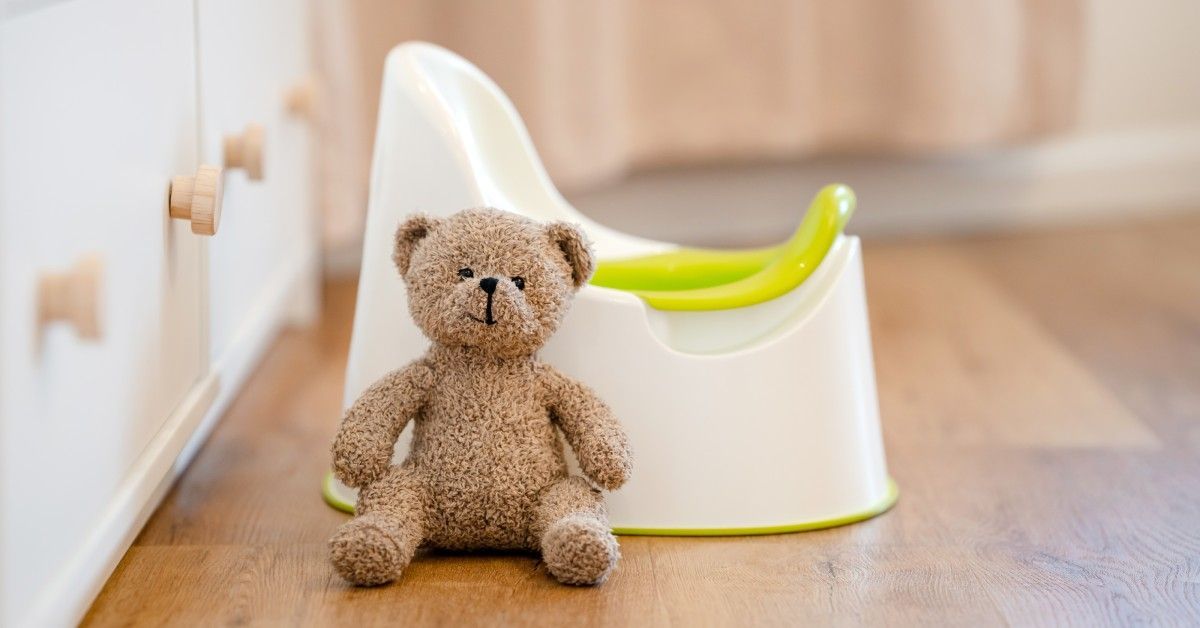7 Tips for Waiting Out a Meltdown from a Child with Autism
Parenting a child with autism comes with unique challenges, especially when it comes to navigating emotional meltdowns. These moments can feel intense, unpredictable, and emotionally draining for both the child and caregiver. A meltdown is not an act of defiance or a result of poor discipline. It is a sign that the child is overwhelmed and struggling to regulate their emotions or sensory input. In these moments, the most helpful thing a caregiver can do is remain calm, grounded, and supportive. Read on to learn seven tips for waiting out a meltdown from a child with autism.
Meltdowns vs. Tantrums
Understanding how meltdowns differ from tantrums is important. Tantrums may involve a child testing limits or trying to communicate a want. A meltdown, however, is a response to overstimulation, stress, or frustration, and is not about control or manipulation. These moments can happen anywhere—at home, in a store, or in the car—and being prepared is key to managing them with compassion and confidence.
Stay Calm and Grounded
Your own emotional state influences your child’s ability to find calm. When a meltdown begins, take a deep breath, slow your own responses, and remind yourself that your child is not giving you a hard time—they’re having a hard time. Try not to take their words or actions personally, even if they are directed at you.
Your goal is to remain steady and grounded, because your emotional regulation helps your child begin to co-regulate. If you need to step away for a few seconds to collect yourself, do so safely while ensuring your child is not in harm’s way. A regulated caregiver is often the first step toward helping a child begin to recover from a meltdown.
Reduce Sensory Input
Many meltdowns stem from sensory overload, especially in busy or loud environments. If your child is overwhelmed by lights, sounds, or crowds, do what you can to lower the input around them. Turn off the television, dim the lights, close the door, or move to a quieter space if possible. Even small adjustments can help your child feel less overwhelmed.
At home, having a designated calm area can be incredibly useful. In public, finding a quieter spot or shielding their senses with a hoodie, headphones, or sunglasses may help. Reducing stimulation allows their nervous system to begin recovering without additional input pushing them further into dysregulation.
Give Space, But Stay Nearby

During a meltdown, your child may need physical space to feel safe and regain control. At the same time, they also need to know you’re still there for them. Sit or stand nearby, within sight but not too close unless they seek physical comfort. Your presence should communicate safety, not pressure.
For some children, being touched during a meltdown can feel too intense. Respect those boundaries while reassuring them with your calm demeanor. When your child is ready, they may move toward you, but until then, your quiet and steady presence is enough.
Avoid Talking Too Much
Children in the midst of a meltdown often can’t process verbal language. Trying to explain, reason, or ask questions may overwhelm them further. In those moments, less is more. Limit your words and keep your tone soft.
If communication is needed, use a visual cue or gesture that your child is familiar with. Saying too much can feel like added noise. Your child needs simplicity and clarity, and sometimes that means silence. Wait until your child shows signs of calming before you begin to speak more freely again.
Offer Silent Support
Support during a meltdown doesn’t always come in the form of words or physical touch. Sometimes, just sitting quietly and breathing slowly is enough. Your child will sense your energy. If you practice calming behaviors—rocking gently in a chair, rubbing your hands together rhythmically, or taking deep breaths, they may eventually begin to mimic those actions when they’re ready. Modeling calm without expecting your child to engage can be incredibly powerful.
They are watching you, even if it doesn’t seem like it. By staying emotionally available without making demands, you create a safe landing space for their return to regulation.
Wait It Out Without Judgment
One of the hardest parts of a meltdown is that you can’t rush it. As caregivers, we often want to fix things quickly, but meltdowns don’t respond to pressure. They have to run their course. Your job isn’t to stop the meltdown, but to wait it out while providing steady, unconditional support. Resist the urge to label the behavior or show visible frustration.
Judging the moment can make your child feel even more isolated. Instead, remember that this is temporary. Remind yourself that meltdowns are not reflections of failure. They are expressions of stress—and your patience matters deeply.
Reconnect and Reflect Afterwards

Once your child has calmed, reconnect in a way that feels safe and soothing for them. Some children may want a hug, while others may prefer to sit close without talking. Validate their feelings gently, without pushing for explanations.
When appropriate, and only after your child is calm, talk about what happened. If your child is verbal, ask simple questions to help them name the feelings or triggers. If your child is nonverbal, reflect quietly and observe patterns over time. Meltdowns offer clues, and those clues can guide you in developing strategies to prevent or reduce future episodes. Your response afterward builds trust, helping your child feel safe and understood.
The Importance of Parent Support
Navigating meltdowns with confidence becomes easier when you feel equipped with tools, strategies, and emotional support. That’s why ABA therapy training for parents can be so valuable. This type of training helps caregivers understand the function of behavior, respond with empathy, and build proactive systems that support emotional regulation. You don’t have to figure it out alone.
With professional guidance, you can feel more confident and prepared, knowing your responses are building long-term skills for your child and a more peaceful experience for your family.
Build Confidence and Connection Through Patience
Meltdowns can feel overwhelming, but they also present powerful opportunities to connect, support, and build emotional resilience. The more you approach these experiences with compassion and consistency, the more you help your child feel safe, understood, and supported. As you practice these seven tips for waiting out a meltdown from a child with autism, you not only support your child’s emotional needs, but you also strengthen your bond in meaningful ways.
Each meltdown is different, and each child’s needs are unique. What matters most is that you stay present, respond with empathy, and reflect with care. You won’t get it perfect every time, and that’s okay. Growth comes through patience—both with your child and with yourself.
You have the strength and dedication to guide your child through even the toughest moments. With time, tools, and support, you can build a path toward calmer days and stronger connections.






